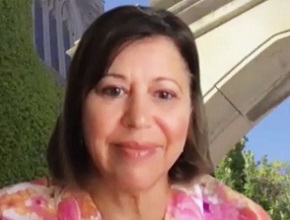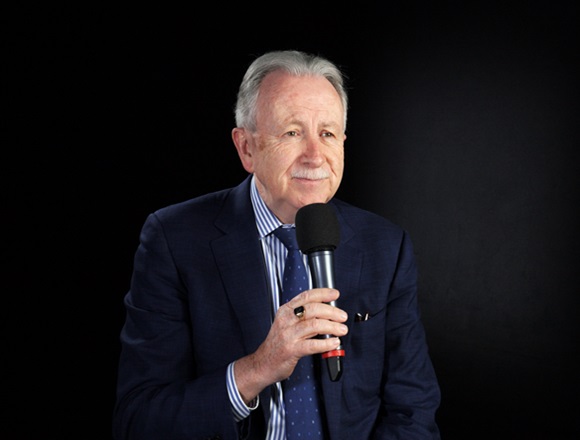Jyotirmoy Pal, MD, is a professor of medicine, consultant physician, and geriatrician in the College of Medicine & Sagore Dutta Hospital, India. He is the current president-elect of the Association of Physicians of India and has served as dean of the Indian College of Physicians.
How to assess the risk of falls in everyday practice?
Jyotirmoy Pal, MD, MSc: A fall is a very common phenomenon in the elderly, and it is often not addressed properly by the patients themselves and by their relatives. Falls are so common that they can lead to major mortality and morbidity in the elderly. So, falls are to be prevented and we have to assess the fall risk, that is, which elderly individual is prone to have a fall in their future. If we can detect that the elderly may have a fall in near future—they are developing gait disorder and their gait is imbalanced—we can take measures for fall prevention.
There are different clinical skills and simple clinical methods. By applying the methods, we can detect the elderly who have more risks or [higher] risk of fall in the near future. So, we have tests like the Four Square Step Test (FSST), Timed Up and Go (TUG) test, or Single Limb Stance (SLS) test. These are the simple tests that we can do on the outpatient (OPD) basis.
If we have much more time, we can apply some more detailed tests like the Berg balance test or dynamic gait index, where we can evaluate the fall risk in more detail. At the same time, if the fall risk is high, the physician’s duty is to identify what is the reason for the fall risk, whether the patient has some neurologic disorder, some muscular disorder, some articular disorder, or if the patient has polypharmacy. Drugs are one of the major causes of falls, so they must be reviewed, and also the situational factor [needs to be considered]. A person may not have any disease, may not have any significant medication, but their household conditions, the surfaces, the lighting may not be okay, for which even they may have a fall in the near future, even in the house. So, all these factors are to be evaluated: whether the patient has an organic disease, the effect of polypharmacy, the situational effect, the environmental effect. All these effects are to be evaluated by a physician when you are encountering a patient aged >65 years, that is, an elderly patient.
 English
English
 Español
Español
 українська
українська









